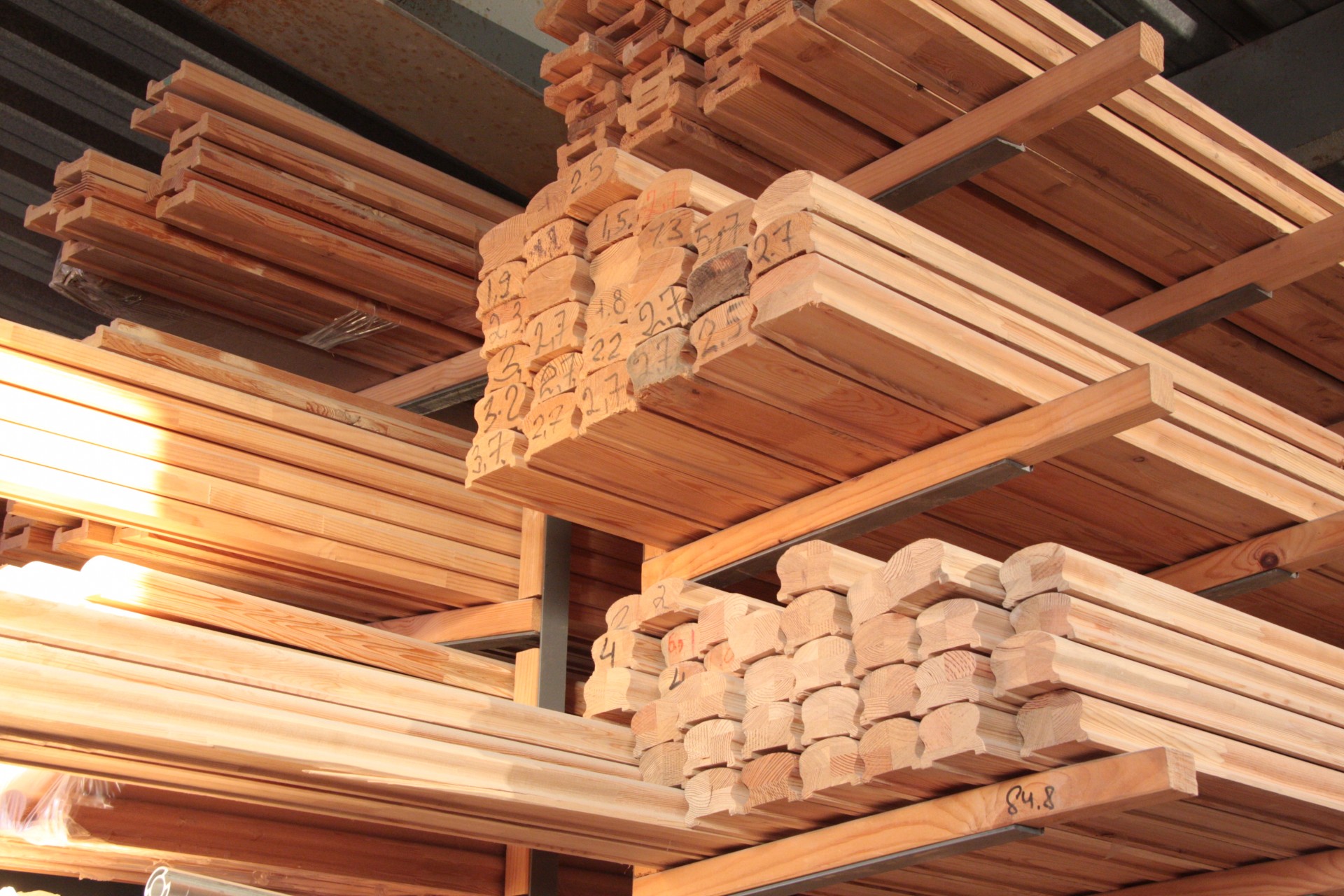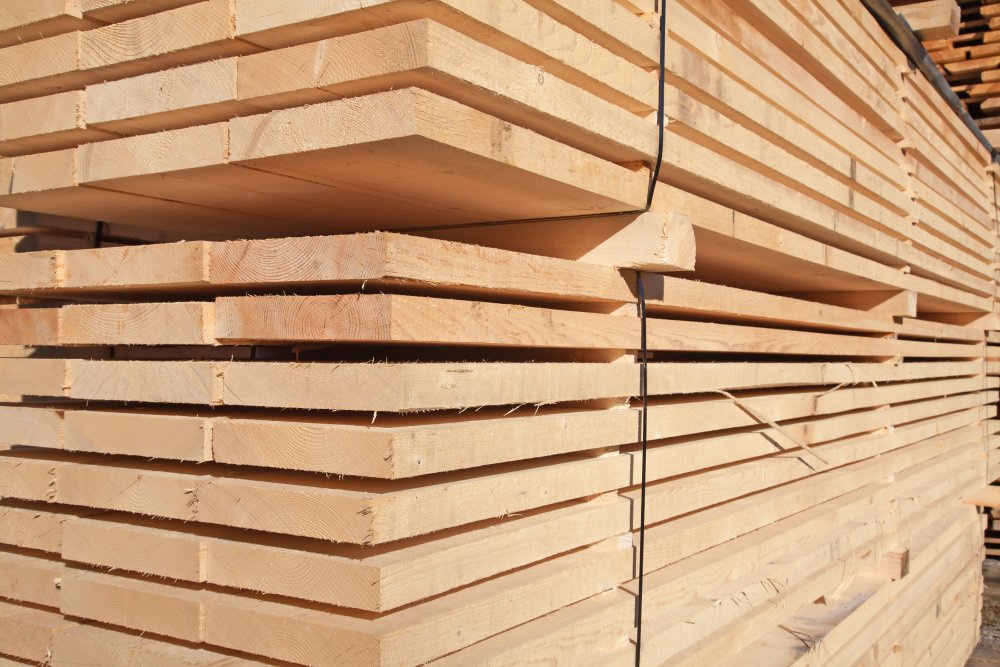Wood sheets, also known as plywood or veneer sheets are an incredibly versatile and sustainable building material that has been used for centuries in various construction and woodworking projects. Whether you're a DIY enthusiast or a professional builder, quality wood sheet offer numerous advantages and applications.
In this blog post, we will explore the features, benefits, and different types of wood sheets, as well as their popular uses and tips for working with them.
What are Wood Sheets?
These are thin panels made by layering and bonding together multiple layers of wood veneers. Each layer is placed at a 90-degree angle to the previous one, creating a strong and stable composite material. This construction method enhances the strength, durability, and resistance to warping or shrinking, making wood sheets suitable for a wide range of applications.
The Benefits of Wood Sheets
Wood sheets offer several advantages over other building materials:
- Strength and Stability: The layered structure of wood sheets provides excellent strength and stability, making them ideal for structural applications. They can withstand heavy loads and resist bending or breaking.
- Versatility: Wood sheets come in various thicknesses, sizes, and grades, offering versatility for different projects. They can be easily cut, shaped, and joined to fit specific design requirements.
- Sustainable and Renewable: Wood sheets are made from a renewable resource—wood. Properly sourced sheets can be an eco-friendly choice, as they are manufactured from sustainably managed forests.
- Cost-Effective: They are often more cost-effective than solid wood boards. They provide the same strength and functionality at a lower price point, making them an attractive option for budget-conscious projects.
- Enhanced Aesthetics: Also they exhibit the natural beauty of wood grain, providing an aesthetically pleasing appearance. They can be left unfinished for a rustic look or finished with paints, stains, or veneers to achieve various design styles.

Types of Wood Sheets
Sheets come in different types, each with its own characteristics and applications. Here are some popular types of wood sheets:
- Plywood: Plywood is the most common type of wood sheet. It is made from thin veneer layers bonded together with adhesives. Plywood is known for its strength, stability, and resistance to moisture, making it suitable for a wide range of indoor and outdoor applications.
- MDF (Medium-Density Fiberboard): MDF is made from fine wood fibres bonded together with resins under high pressure and heat. It offers a smooth and uniform surface, making it ideal for applications that require painting or laminating.
- OSB (Oriented Strand Board): OSB is composed of wood strands oriented in specific directions and bonded together with resins. It is known for its structural strength and affordability, making it commonly used in sheathing, flooring, and roofing applications.
- Particleboard: Particleboard is made from wood particles and adhesives compressed together. It is an economical choice for non-structural applications such as furniture and cabinetry.
Popular Uses of Wood Sheets
Wood sheets find a wide range of applications in construction, woodworking, and interior design projects. Some popular uses include:
- Furniture Making: They are commonly used in furniture manufacturing for building cabinets, tables, chairs, and shelves.
- Cabinetry and Joinery: They are ideal for crafting kitchen cabinets, wardrobes, built-in storage units, and other custom joinery pieces.
- Flooring and Roofing: Plywood and OSB sheets are frequently used as subflooring and roof decking materials due to their strength and durability.
- Wall Panelling: Also they can be used as decorative wall panelling to add warmth and character to interior spaces.
Tips for Working with Wood Sheets
Here are some essential tips to consider when working with sheets of wood:
- Proper Handling: Store sheets in a clean, dry, and flat area to prevent warping or damage. Use caution when handling large sheets to avoid splintering or breaking.
- Cutting and Joining: Use appropriate tools and techniques to cut and join sheets. Choose the correct saw blade for clean and precise cuts. Use suitable adhesives, nails, or screws for secure and durable joints.
- Finishing and Sealing: Sand the surfaces of sheets before applying finishes. Consider sealing the edges to prevent moisture penetration and enhance the lifespan of the sheets.
- Safety Precautions: Wear protective equipment, such as safety goggles and gloves, when working with sheets. Follow proper safety guidelines to minimise the risk of accidents.
In Conclusion
Wood sheets offer versatility, strength, and aesthetic appeal, making them a popular choice for a wide range of construction and woodworking projects. Whether you're building furniture, cabinetry, or undertaking any other task, wood sheets provide a cost-effective and sustainable solution. By understanding the different types of wood sheets, their benefits, and following proper handling and working techniques, you can harness the full potential of this remarkable building material to bring your projects to life.


No comments yet